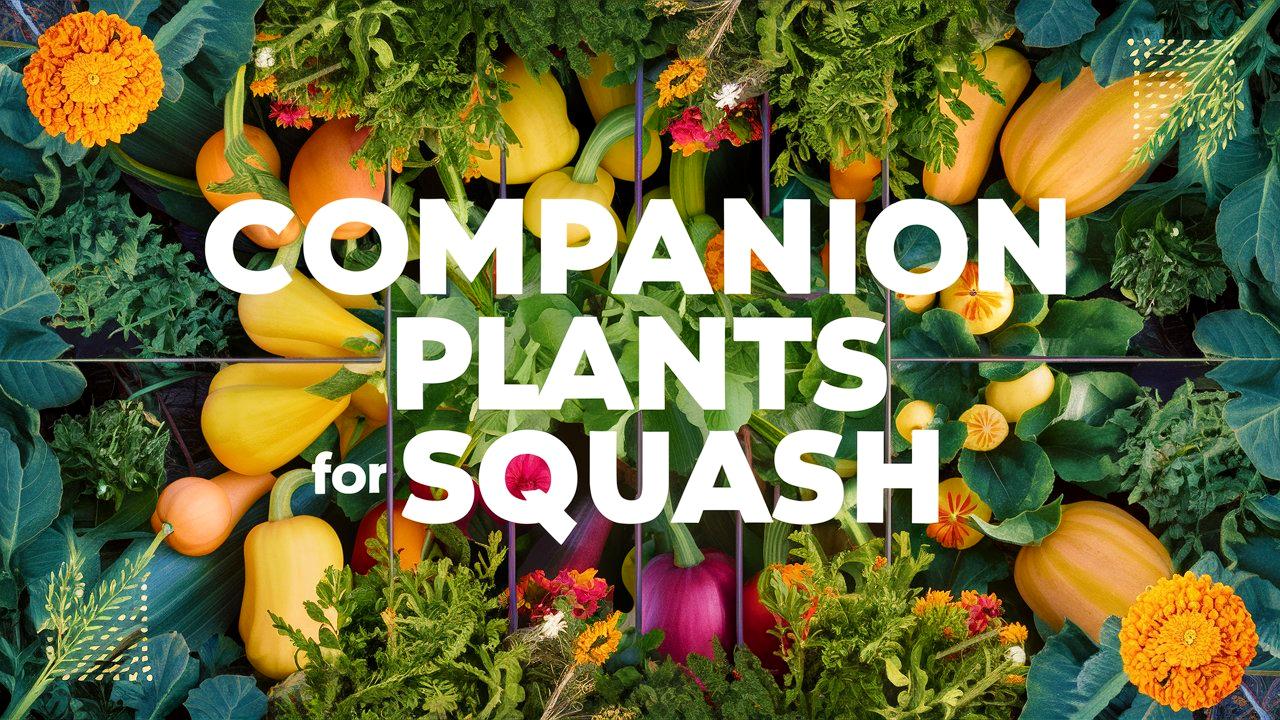When it comes to creating a flourishing vegetable garden, knowing which plants to grow together can make all the difference. Companion planting is a time-honored gardening practice that involves pairing up compatible plant species to maximize health, resilience, and yields.
For squash, a beloved member of the Cucurbitaceae family, identifying the most suitable companions—flowers, herbs, and vegetables—is especially important as they can help repel pests, enhance growth, and improve flavor. In this comprehensive guide, we’ll dig into effective companion plants for squash and also point out which plants should be avoided.
Flower Companions
Sweet Alyssum
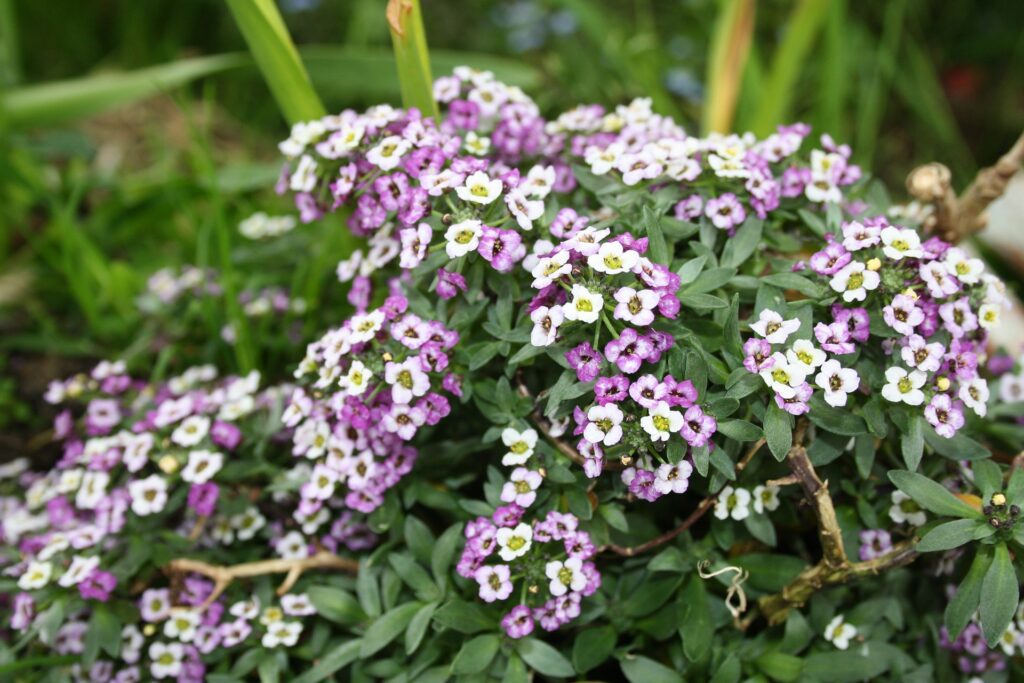
Sweet Alyssum (Lobularia maritima) is a charming and fragrant annual that is not only beautiful but also incredibly useful in the garden. The tiny white flowers attract beneficial insects, such as lacewings and hoverflies, which prey on common squash pests like aphids and spider mites. Additionally, sweet alyssum is a low-growing plant that can act as a living mulch, maintaining soil moisture and suppressing weeds around the squash. Its ground-covering nature can also help keep the soil temperature consistent.
Calendula
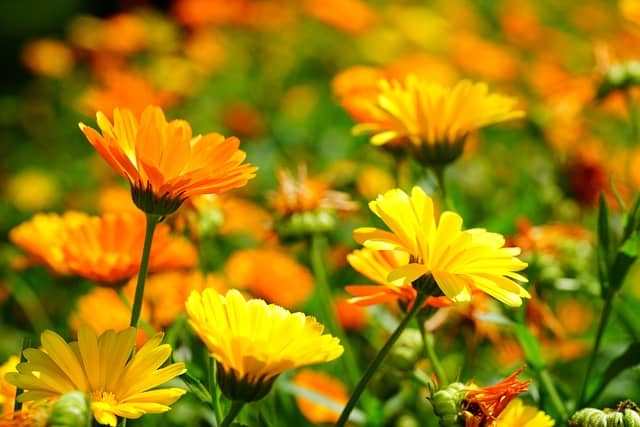
Calendula (Calendula officinalis), often referred to as pot marigold, is another excellent companion for squash. Its vibrant flowers attract pollinators and beneficial insects, including ladybugs and parasitic wasps, which can help control pest populations. Moreover, calendula can also dissuade nematodes and certain beetles from targeting squash plants. With its ability to bloom over an extended period, calendula not only brings beauty to the garden but also sustains a thriving ecosystem that benefits neighboring plants.
Clover
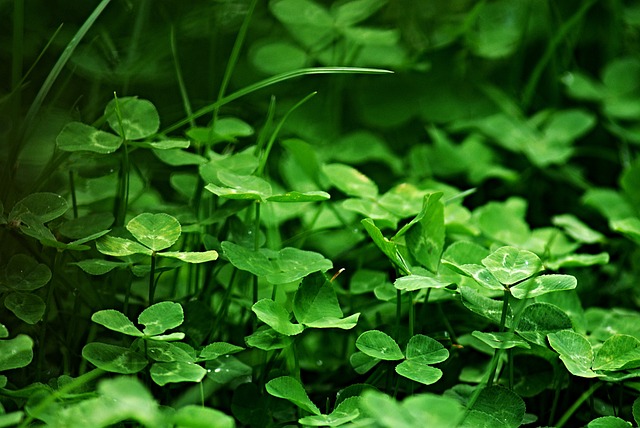
Clover (Trifolium spp.) is a fantastic companion plant due to its naturally occurring nitrogen-fixing abilities. By planting clover among your squash, you can enhance soil fertility without the heavy use of chemical fertilizers. Clover also attracts beneficial pollinators and contributes to soil health by preventing erosion. Whether you choose white clover or red clover, this plant can provide habitat for beneficial insects while enriching the underlying soil, allowing your squash plants to thrive.
Borage
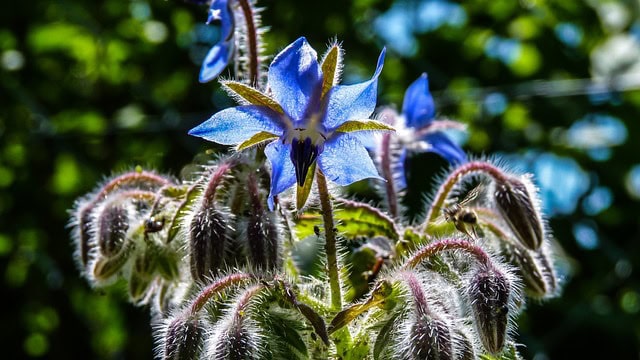
Borage (Borago officinalis) is an herbaceous annual known for its striking star-shaped blue flowers and refreshing cucumber-like flavor. This plant attracts pollinators and beneficial insects, such as bees and butterflies, to the garden. Additionally, borage helps improve the health of surrounding plants, as its deep-root system draws up nutrients and minerals that are otherwise out of reach for other plants. Moreover, its leaves can be used to mulch around squash, conserving moisture and adding organic matter to the soil as they decompose.
Nasturtiums
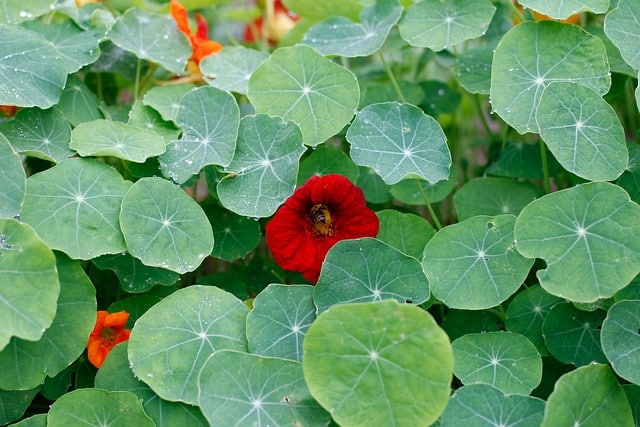
Nasturtiums (Tropaeolum majus) are not only colorful ornamental plants but also invaluable companions for squash. Their leaves and flowers are edible, providing a peppery flavor that can enhance salads. Beyond aesthetics and taste, nasturtiums are excellent trap plants; they attract aphids and other pests away from squash. The vibrant flowers also entice pollinators, making them a beneficial addition to the squash bed. Additionally, their growth habit helps shade the soil, keeping it cooler and retaining moisture.
Marigolds
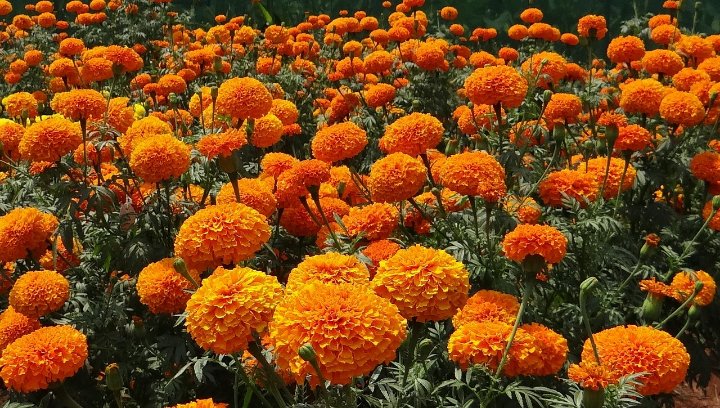
Marigolds (Tagetes spp.) are garden stalwarts known for their vivid blossoms and pest-repelling abilities. They emit a natural compound, alpha-terthienyl, which is effective in deterring nematodes and various harmful insects like aphids and whiteflies. By planting marigolds near your squash, you create an ecosystem that protects the healthier plants while promoting a diverse garden habitat. Their bright colors also uplift the garden’s appearance, providing an attractive backdrop for your vegetable plants.
Phacelia
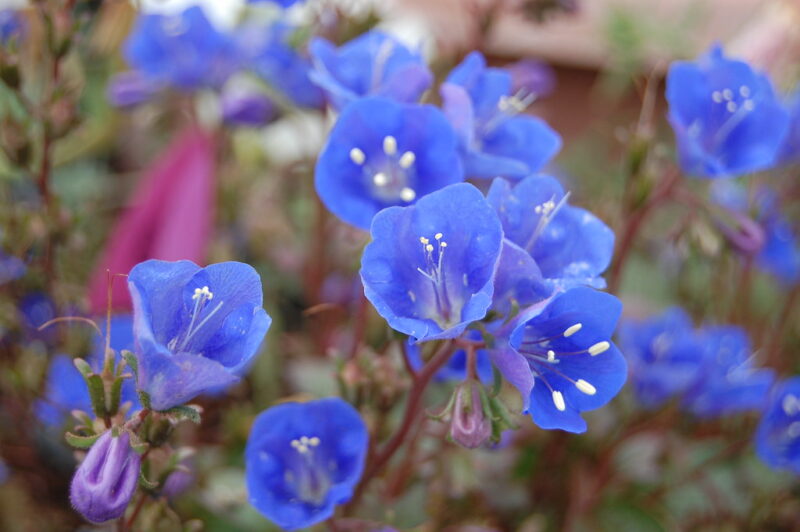
Phacelia (Phacelia tanacetifolia), commonly known as bee friendly, is a stunning flowering plant that is highly attractive to pollinators. It has a unique spiral flower structure that bees adore, making it a wonderful addition for enhancing pollination in squash crops. Moreover, phacelia is known to improve soil health through its deep root systems, which can break compacted soil and enhance nutrient availability. When used as a cover crop, phacelia can also prevent erosion and bolster microbial activity in the soil.
Bachelor’s Buttons
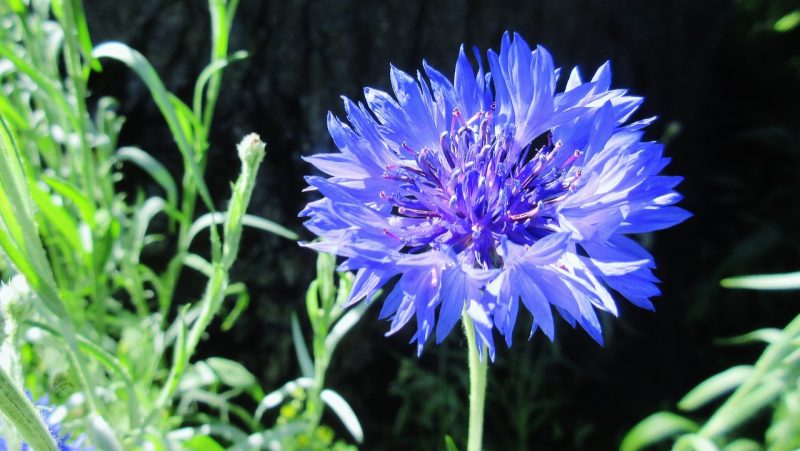
Bachelor’s Buttons (Centaurea cyanus) are colorful annual flowers that add whimsy and brightness to any garden. These vibrant blue blooms attract a range of beneficial insects, including bees and butterflies, aiding in pollination while keeping pest populations in check. In addition, bachelor’s buttons can improve soil structure by drawing nutrients and minerals to the surface, making them available for nearby plants, including squash. Their ability to thrive despite harsh conditions makes them a resilient choice for companion planting.
Bee Balm
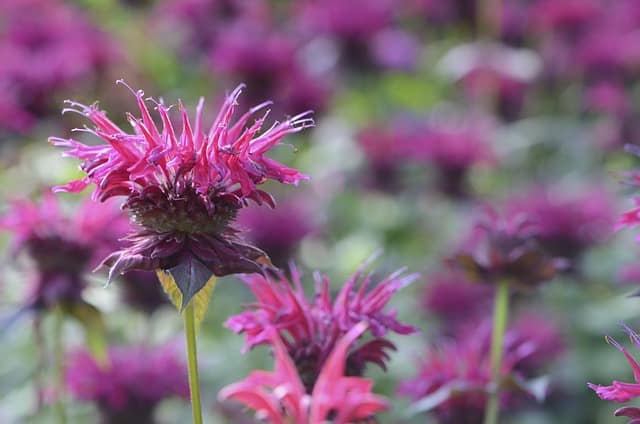
Bee Balm (Monarda spp.), also known as bergamot, is a perennial herb that brings not only beauty but also utility to the garden. Its striking blooms are magnets for a variety of pollinators, such as bees, hummingbirds, and butterflies, which can ensure that squash plants are well-pollinated. Beyond their attractiveness to beneficial insects, bee balm also possesses antifungal properties, which can be advantageous for protecting nearby plants from diseases.
Snapdragons
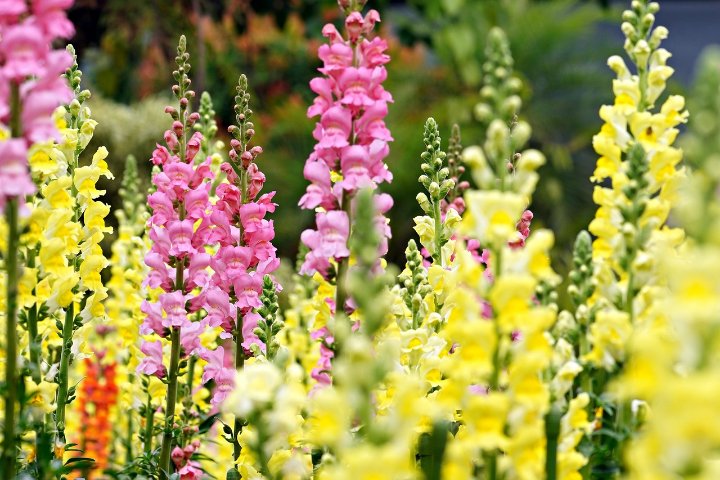
Snapdragons (Antirrhinum majus) are beloved for their unique flower structure and ability to bloom beautifully in various temperatures. These flowers can help create a stunning visual appeal in your garden while attracting pollinators and beneficial insects that can assist in squash pollination. They also produce a natural chemical that can deter aphids, making them a dual-purpose companion plant for squash.
Yarrow
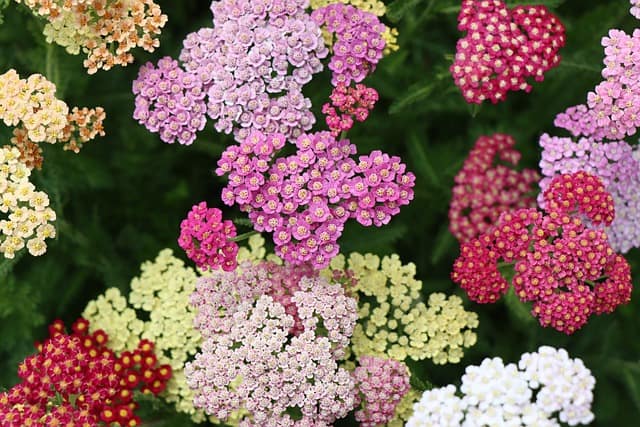
Yarrow (Achillea millefolium) is a robust perennial herb that boasts numerous benefits for the garden. Its flat-topped clusters of flowers draw in predatory insects, such as ladybugs and lacewings, which help control aphid populations. Yarrow can also enhance the growth of nearby plants by improving soil fertility and promoting beneficial microbial activity. Additionally, this hardy plant contains compounds that can help deter pests while providing a habitat for beneficial insects.
Echinacea
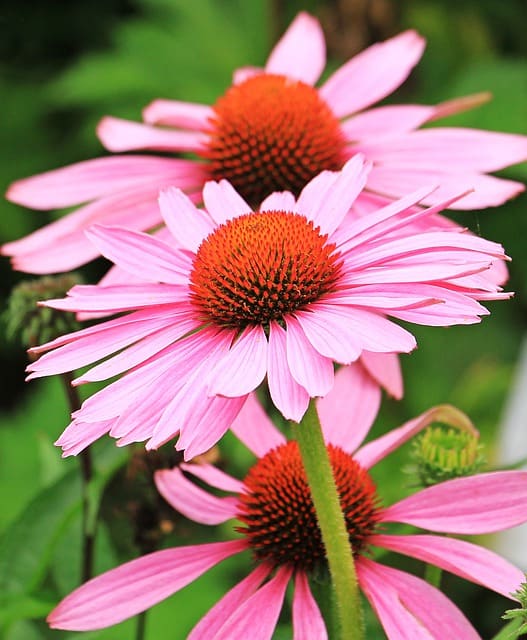
Echinacea, commonly known as coneflower, is a perennial that serves as an excellent companion due to its attractive blooms that entice pollinators such as bees and butterflies. When strategically planted near squash, echinacea can contribute to improved pollination and overall productivity. Beyond aesthetics, echinacea is known for its medicinal properties, making it a versatile addition. As it grows, it contributes to the soil’s overall health, and its deep roots can stabilize the garden structure.
Zinnias
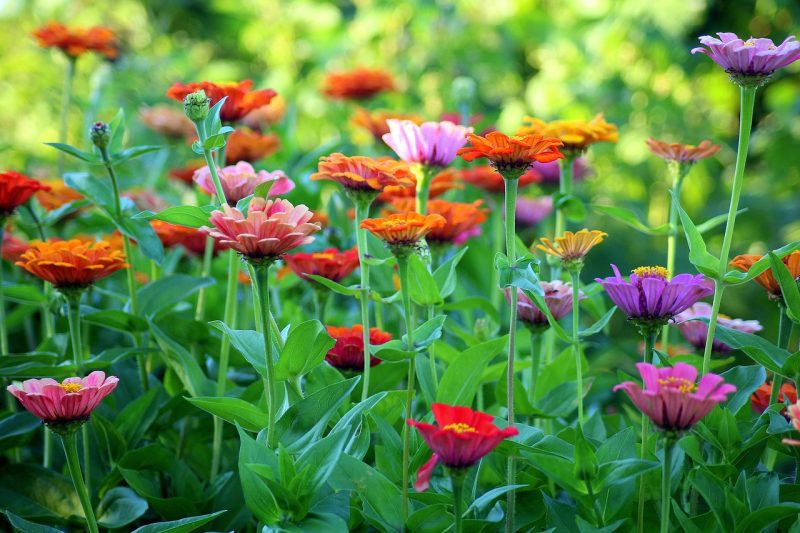
Zinnias (Zinnia elegans) are cheerful annuals that provide vibrant colors to any garden while serving crucial ecological roles. These flowers are renowned for attracting pollinators, promoting beneficial insect activity, and serving as decoy plants for pests. Besides attracting beneficial insects, zinnias can create a protective barrier for squash plants, drawing pests away from them. Their resilience and ability to produce blooms throughout the summer make them an ideal companion for expanding the garden’s floral diversity while also supporting squash crops.
Herbal Companions
Dill
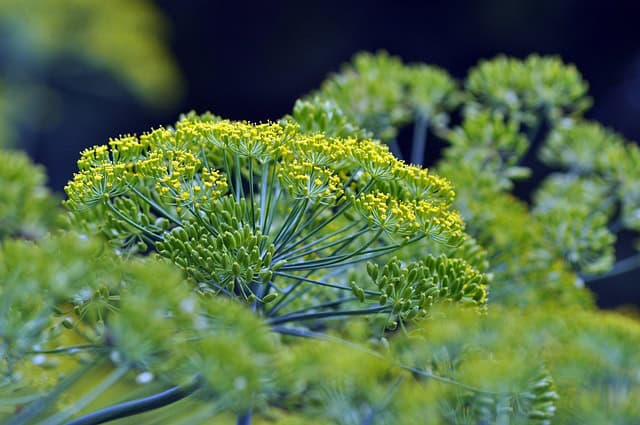
Dill (Anethum graveolens) is an aromatic herb that pairs exceptionally well with squash. It attracts predatory insects such as ladybugs and lacewings, which feed on harmful pests like aphids and caterpillars. Dill’s feathery foliage also provides light shade that can help regulate temperatures around squash plants. Additionally, dill has the ability to enhance flavor in squash as they grow in proximity to each other, making them a delectable choice for culinary gardens.
Mint
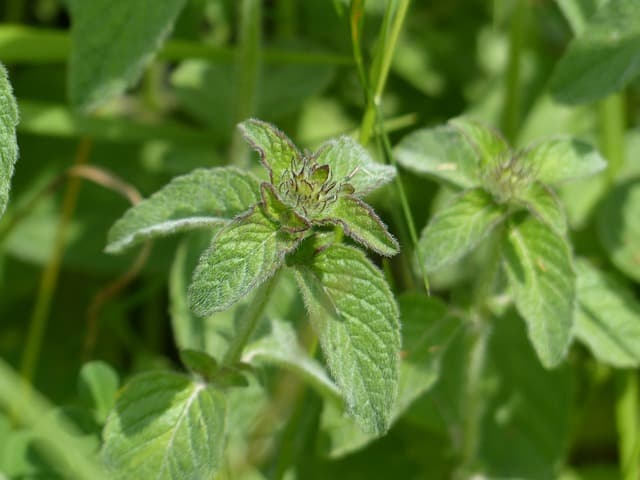
Mint (Mentha spp.) makes an invigorating and fragrant addition to gardens, but it should be planted with caution due to its aggressive growing habits. When used wisely—as a border or in a contained space—mint can repel common pests like cucumber beetles and aphids. Its aromatic foliage can mask the scent of squash plants from these pests while enhancing the garden’s biodiversity. However, given its invasiveness, it’s crucial to use containers or limit its spread to prevent it from overtaking other plants.
Oregano

Oregano (Origanum vulgare) is a perennial herb that thrives in sunny conditions and offers numerous benefits for squash. It emits strong aromatic oils that act as pest repellents, helping to ward off insects that might otherwise damage squash plants. Additionally, oregano attracts beneficial insects, including bees and lacewings, making it a valuable companion for good pollination. Its ability to thrive in similar conditions makes oregano a practical choice for planting alongside squash.
Rosemary

Rosemary (Salvia rosmarinus) is a fragrant herb that not only enhances culinary dishes but also serves several beneficial roles when planted near squash. Its woody structure and aromatic oils can deter pests like cabbage moths and aphids. Rosemary thrives in well-drained soils and sunny locations, which are the ideal conditions for squash as well. Additionally, rosemary can improve drainage in nearby soil, preventing rot in squash roots.
Lavender
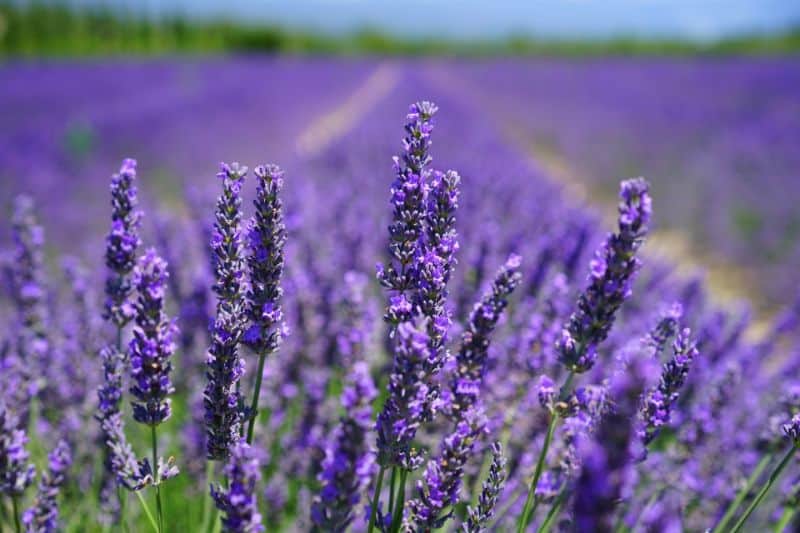
Lavender (Lavandula spp.) is a perennial herb appreciated for its beautiful flowers and soothing fragrance. When grown alongside squash, lavender’s aromatic oils can repel pests including mosquitoes, flies, and moths. Its association with beneficial pollinators can significantly improve the productivity of squash plants. Lavender also brings the advantage of drought tolerance, helping to establish a robust companion planting environment, while its stunning blooms add a visual appeal to the garden.
Sage
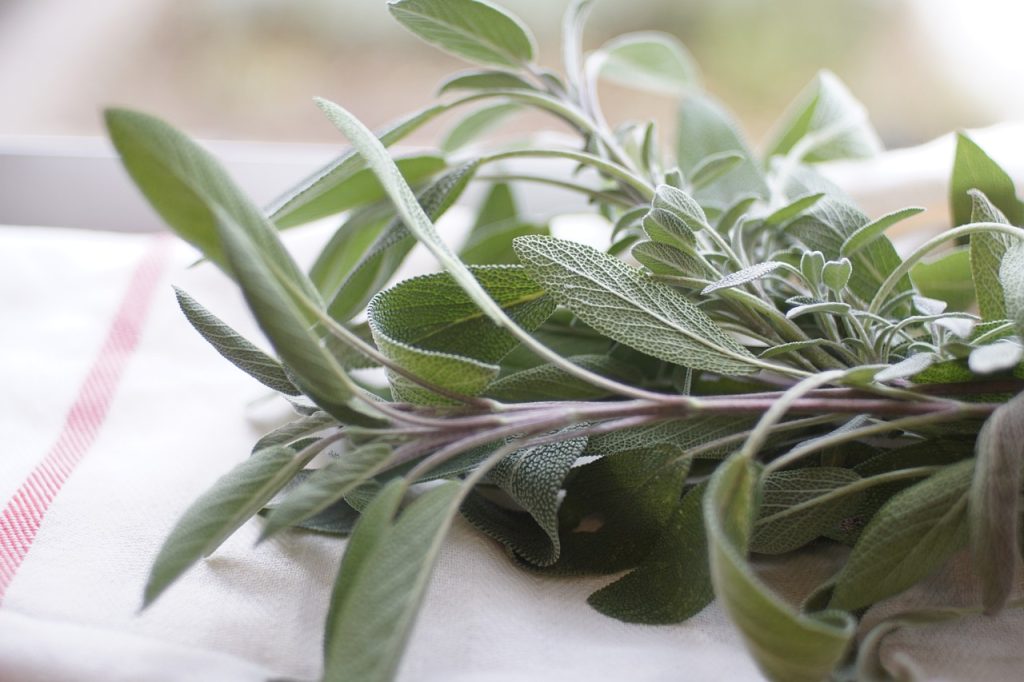
Sage (Salvia officinalis) is a versatile herb that thrives in warm and well-draining soils, making it an excellent companion for squash. With its potent aroma, sage repels various pests like aphids and flea beetles that can target squash plants. Sage also attracts beneficial predators, enhancing the health of the garden ecosystem. Plus, it has culinary uses that can complement dishes made with squash, thus providing the gardener with both aesthetic and edible advantages.
Thyme

Thyme (Thymus vulgaris) is an aromatic herb that involves minimal maintenance and thrives in similar conditions to squash. Its flowering tops attract a variety of pollinators and beneficial insects, including predatory wasps that prey on pests. Thyme also emits strong scents that can mask squash plants’ aromas, thereby protecting them from pests. Its ground-covering nature helps suppress weeds, retain moisture, and prevent soil erosion, making thyme an invaluable companion.
Vegetable Companions
Corn
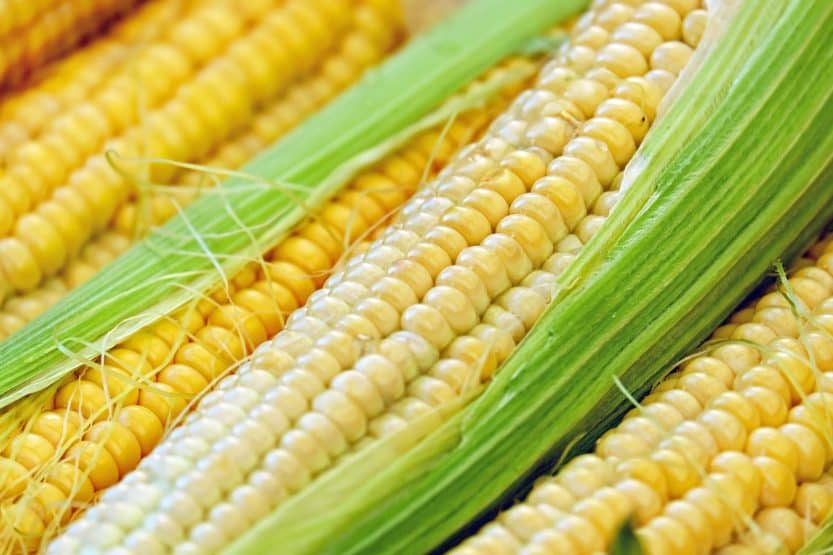
Corn (Zea mays) serves as an excellent companion for squash due to its height and structure. Tall cornstalks can provide natural shade and protection for squash plants, preventing them from overheating. This three-sisters planting technique—squash, corn, and beans—creates a synergistic relationship where the corn supports and the beans fix nitrogen, nourishing the soil. The broad leaves of squash can also provide ground cover, suppressing weeds that may compete for resources.
Peas
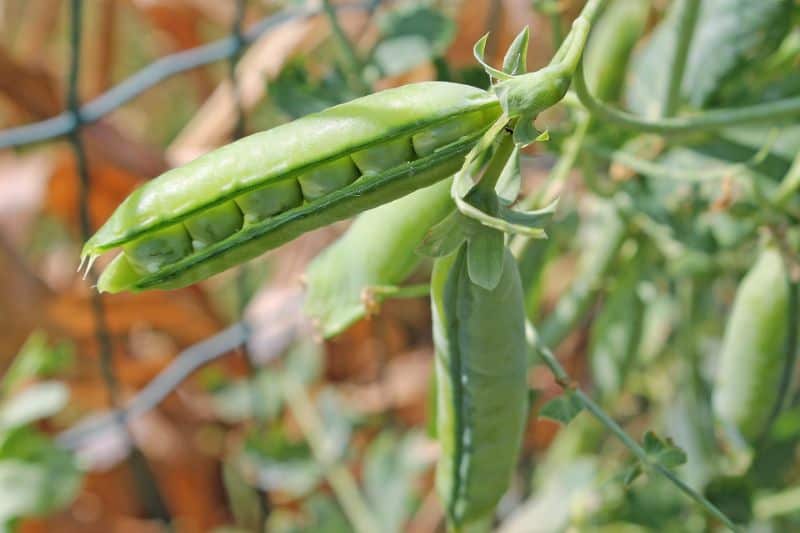
Peas (Pisum sativum) are a beneficial companion for squash plants, especially in cooler climates. They have the ability to fix nitrogen in the soil, enriching the earth and allowing nearby squash plants to flourish. Their vertical growth habit can provide a soft trellis-like structure for smaller squash varieties while preventing the squash leaves from overwhelming them. Furthermore, both plants prefer similar soil conditions, making this a harmonious pairing.
Beans
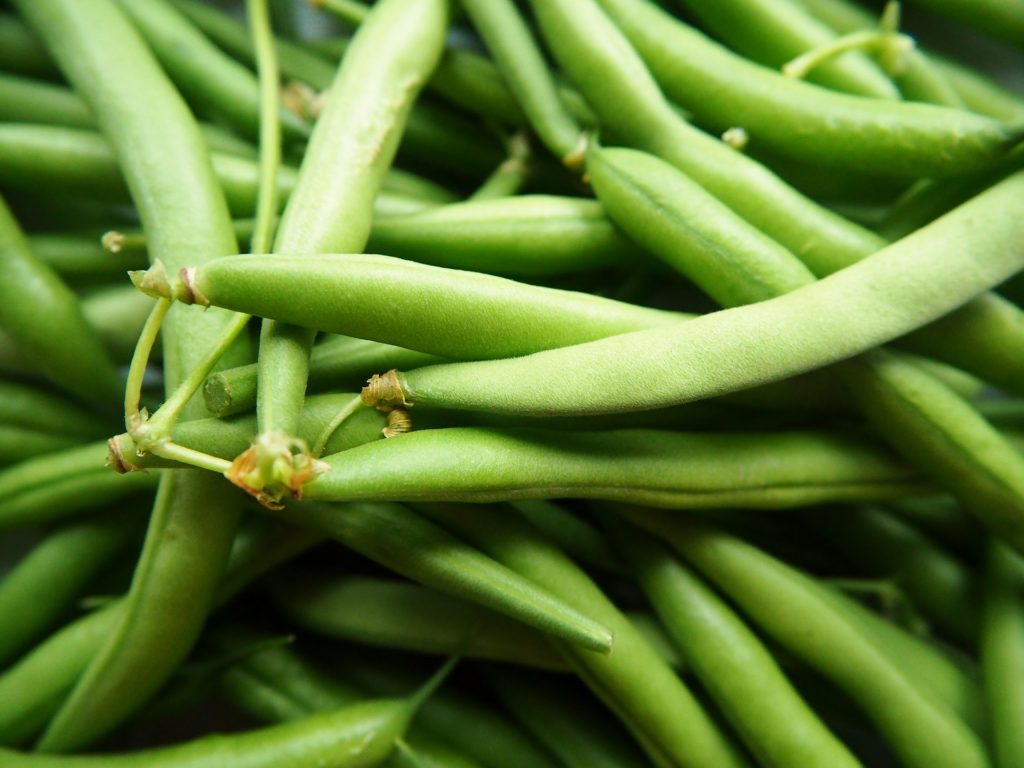
Many garden enthusiasts practice the technique of planting beans (Phaseolus spp.) alongside squash, including pole beans, which can climb up the rich leaves of squash plants. The benefits are twofold: beans fix nitrogen in the soil, enriching the nutrient content for the squash, while providing a vertical structure for climbing. This synergistic relationship is a hallmark of companion planting, optimizing space and promoting healthy growth for both plants.
Tomatoes
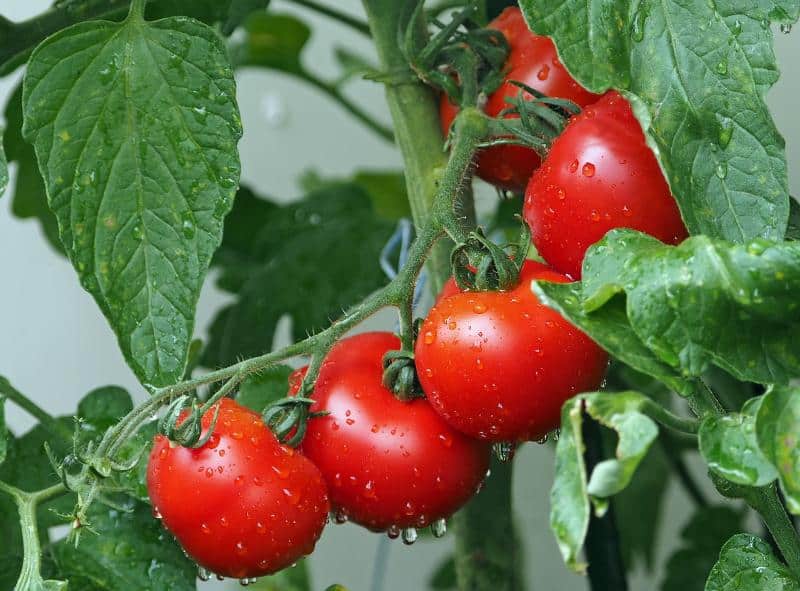
Tomatoes (Solanum lycopersicum) and squash can mutually benefit from each other’s presence in the garden. Tomatoes can help keep certain pests at bay, such as whiteflies, while squash provides ground cover and helps reduce soil moisture evaporation. When planting these two together, ensure sufficient airflow between them to avoid fungal diseases that can arise from excess humidity, and place them at a distance that both plants can adequately reach sunlight.
Garlic
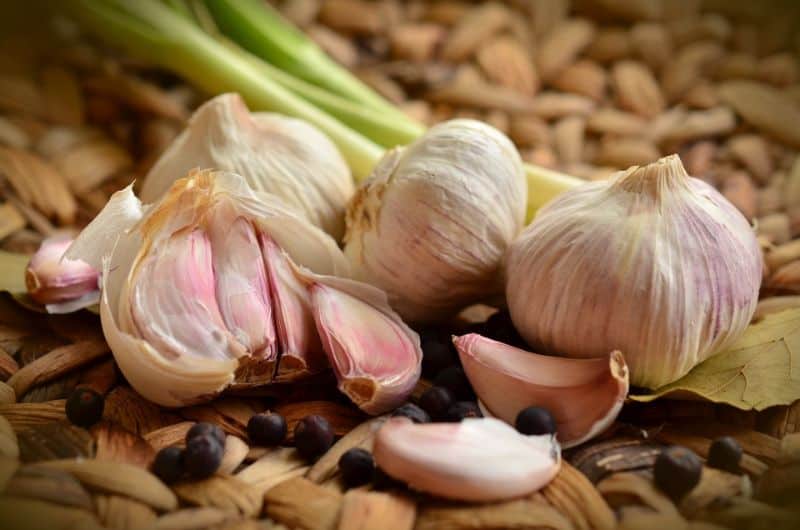
Garlic (Allium sativum) is reputed for its pest-repelling capabilities, making it a valuable companion to squash plants. The sulfur compounds present in garlic can deter pests such as aphids, spider mites, and squash bugs. Additionally, planting garlic near squash provides an extra layer of defense against nematodes and other soil pathogens. Given the differing root systems, there’s less competition for nutrients, making it a harmonious pairing.
Onions
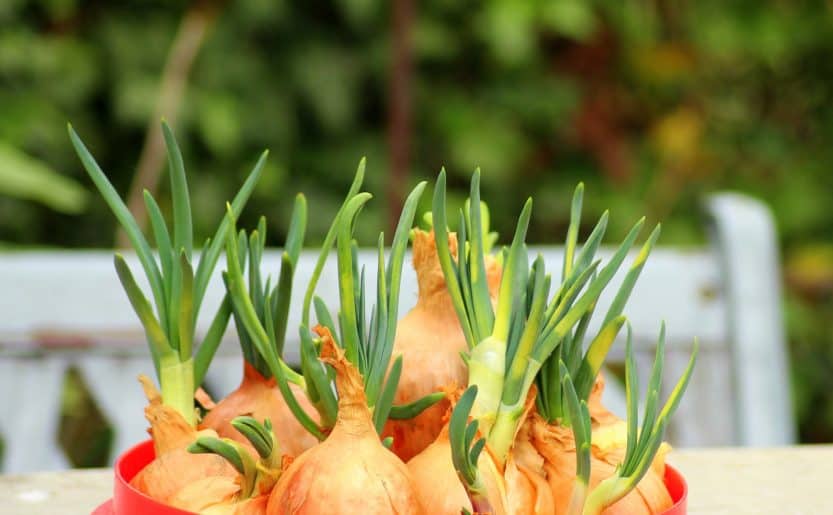
Similar to garlic, onions (Allium cepa) deter a variety of pests thanks to their pungent smell. Their capability of confusing pests searching for squash plants makes them a useful ally. Moreover, onions do not require the same amount of sunlight as squash, allowing both plants to thrive without competing excessively. Planting onions in close proximity can enhance flavors and provides seasonal diversity in harvests.
Peppers
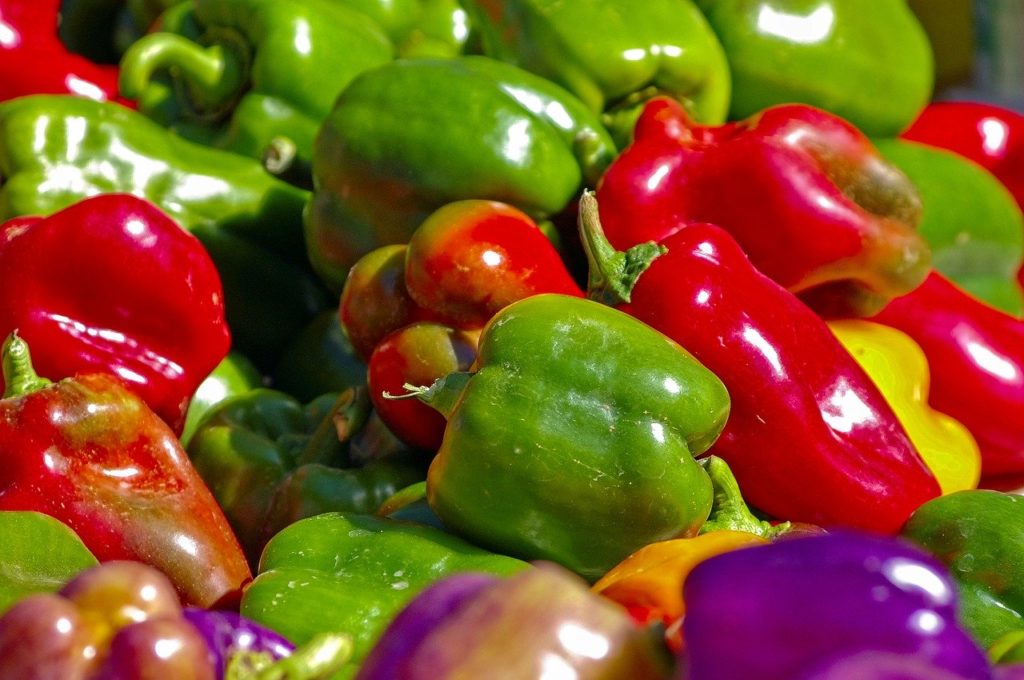
Peppers (Capsicum spp.) are also advantageous companions for squash. Both plants thrive in full sun and benefit from similar moisture conditions. Peppers can help shield squash plants from wind and provide some vertical space to grow. Additionally, the fragrant foliage of peppers acts as a natural deterrent to pests, helping maintain a healthy garden environment for your squash. This pairing is not only practical but adds an extraordinary range of flavors to dishes.
Don’t Companion Plant These
Other Cucurbits
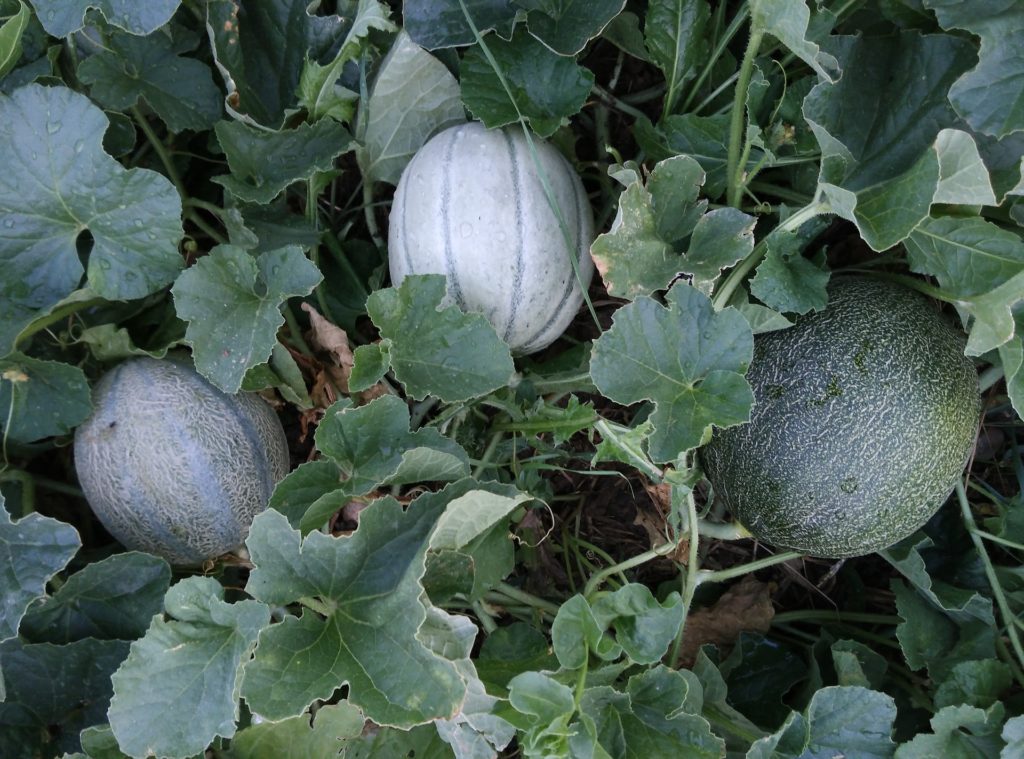
While it may seem intuitive to plant squash alongside other cucurbits like cucumbers and melons, this is often discouraged. These plants share similar pests and diseases, such as powdery mildew and cucumber beetles, leading to increased competition and higher susceptibility to diseases. This makes it unwise to plant them in close proximity, as the risk of pest infestations can significantly undermine the productivity of your squash plants.
Sweet Potatoes
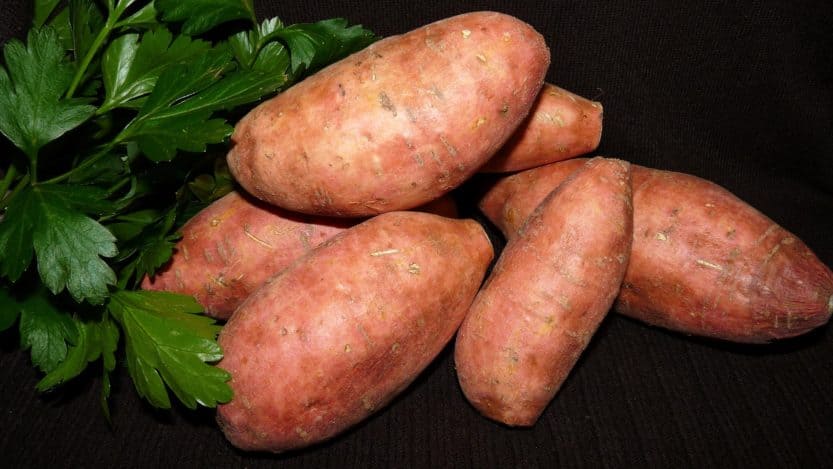
Sweet potatoes (Ipomoea batatas) can compete with squash for resources, particularly nutrients and space. Due to their sprawling vines and deep-root systems, sweet potatoes may outcompete squash for sunlight and water, diminishing yields. Additionally, they can attract pests like wireworms and root-knot nematodes, which can further compromise squash health. Thus, these two plants should be kept separate to ensure the best growth conditions.
Potatoes
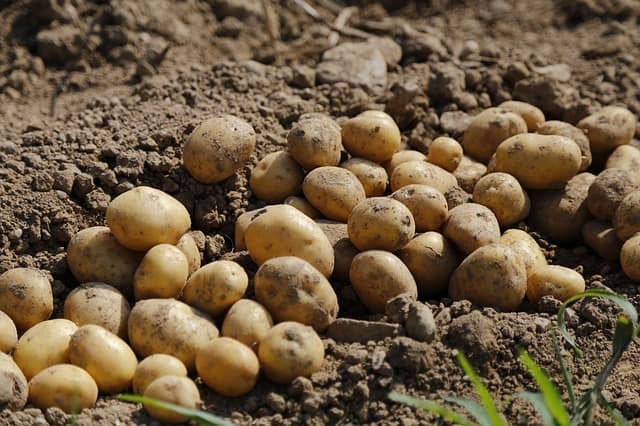
Planting potatoes (Solanum tuberosum) near squash is not recommended due to the risk of blight diseases. Both plants are susceptible to late blight, and having them close together can facilitate the spread of this fungal disease. Moreover, the demand for similar nutrients may lead to competition, stunting the growth of both crops. Separating these two will help maintain better overall health in the vegetable garden.
Fennel
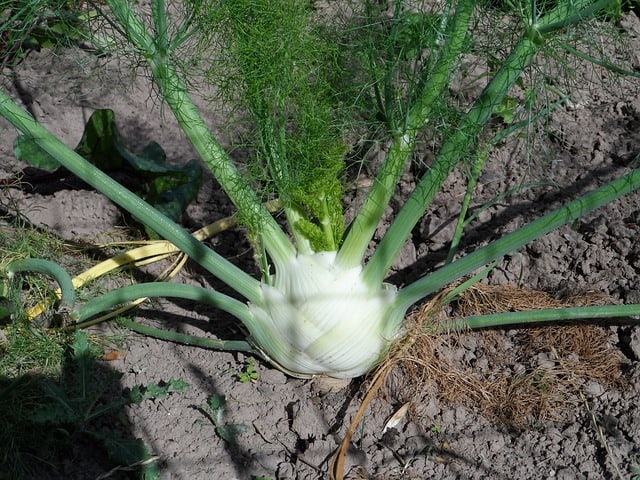
Fennel (Foeniculum vulgare) should be avoided near squash as it can inhibit their growth. This is primarily due to fennel’s allelopathic properties; it releases chemicals that can adversely affect neighboring plants, including squash, leading to stunted growth and reduced yields. For this reason, it’s best to plant fennel in isolation, allowing it to flourish without hindering the growth of squash or any neighboring crops.


